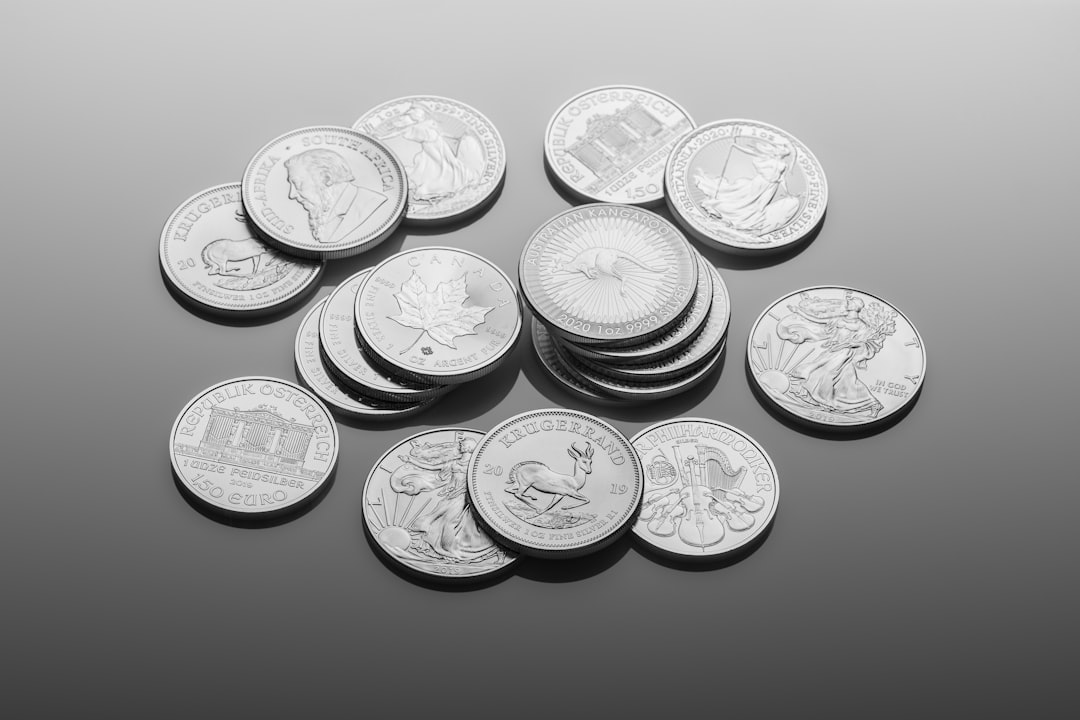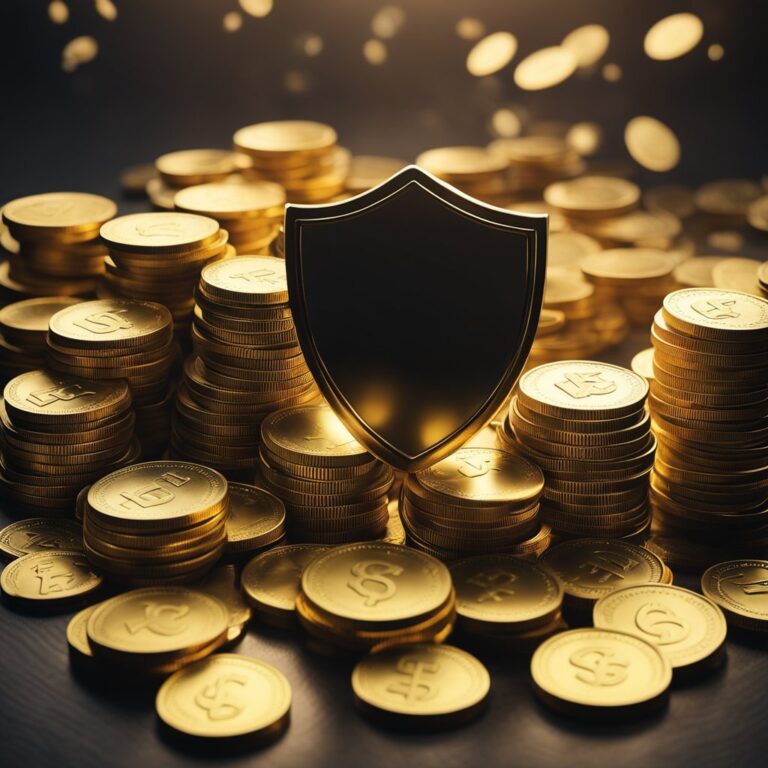Investing in precious metals like gold and silver is an excellent way to diversify your investment portfolio. Silver, in particular, has become a popular choice for investors due to its affordability and potential for long-term growth. Silver stacking, the practice of accumulating silver in various forms, has gained traction among investors seeking a hedge against inflation and economic uncertainty.
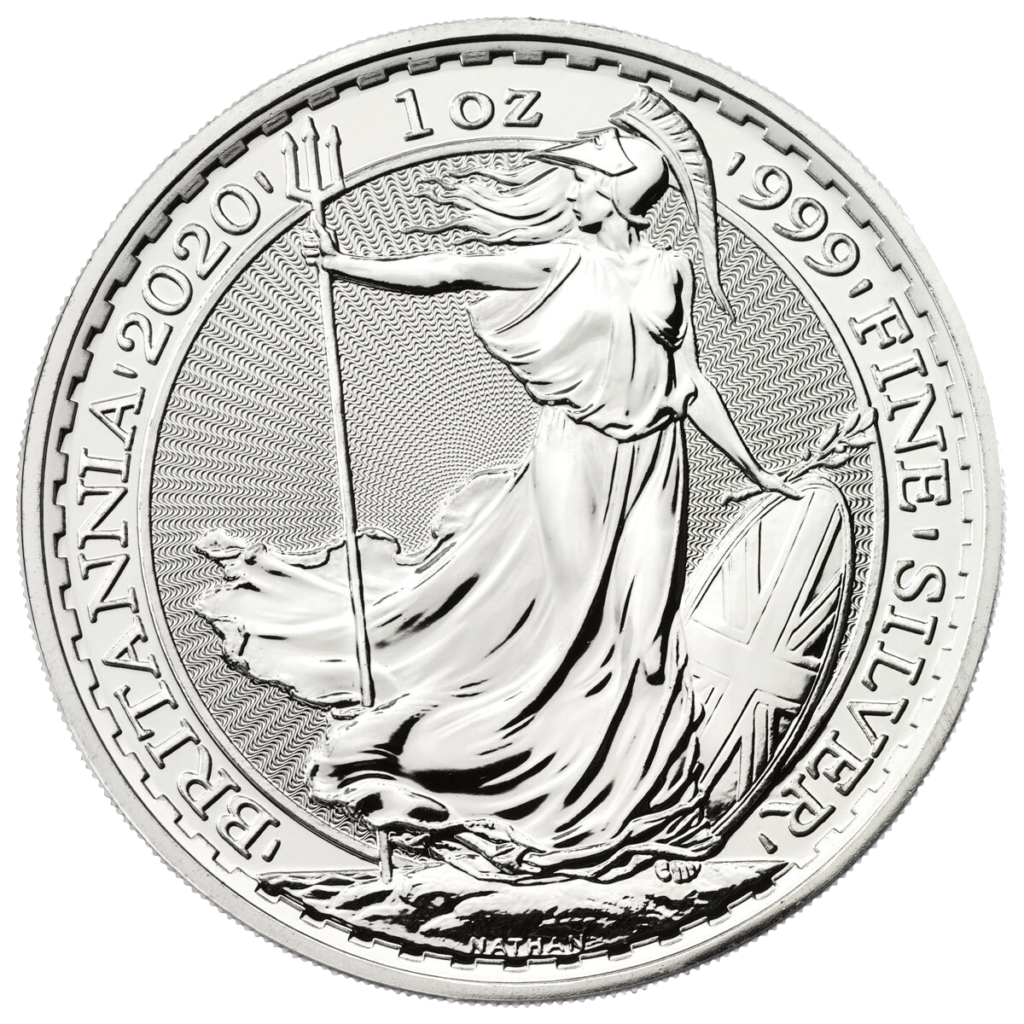
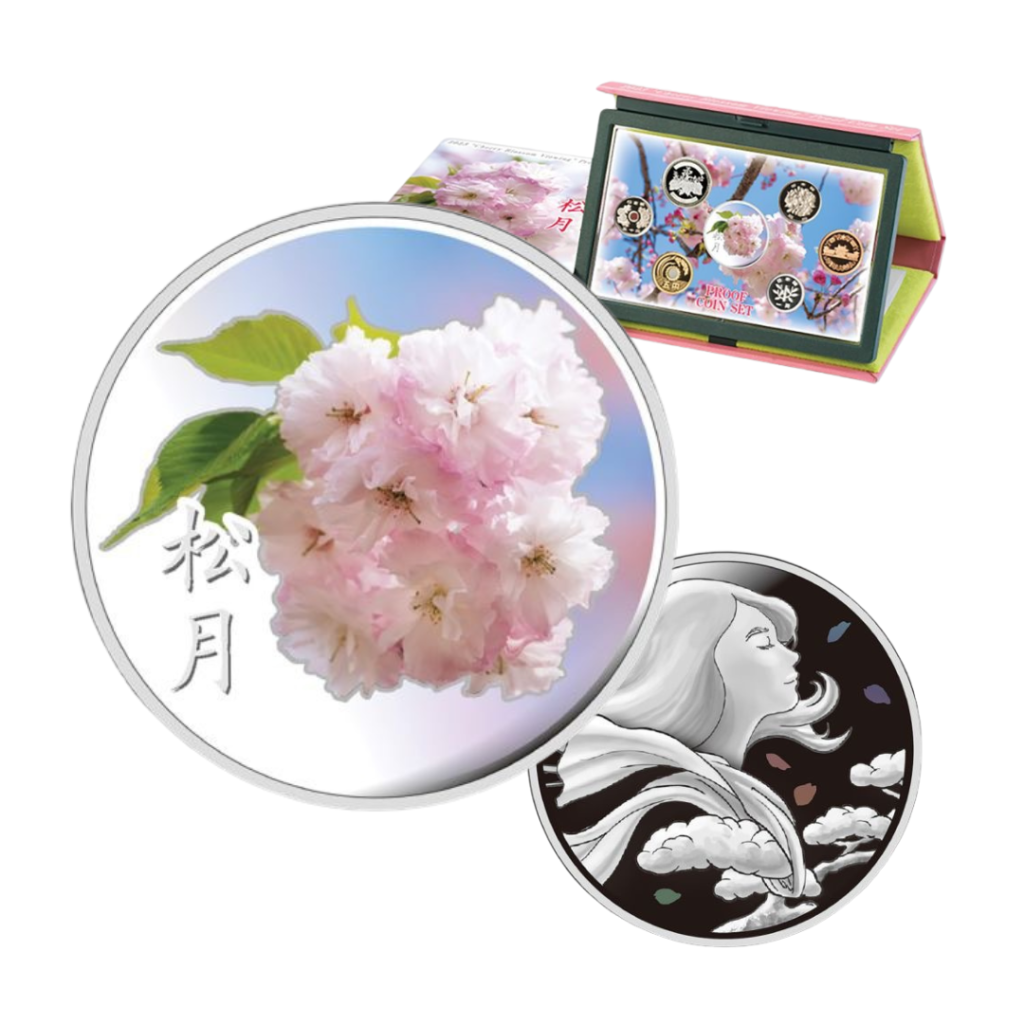
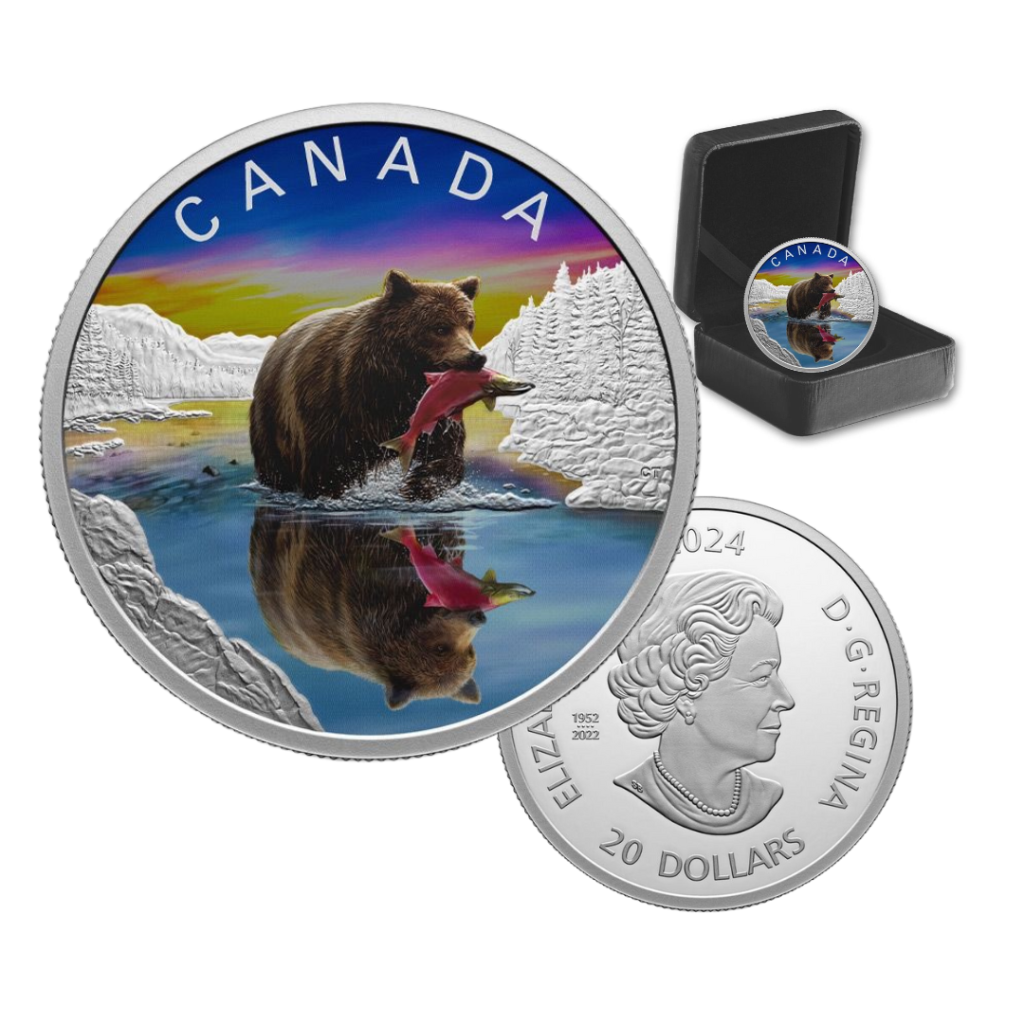
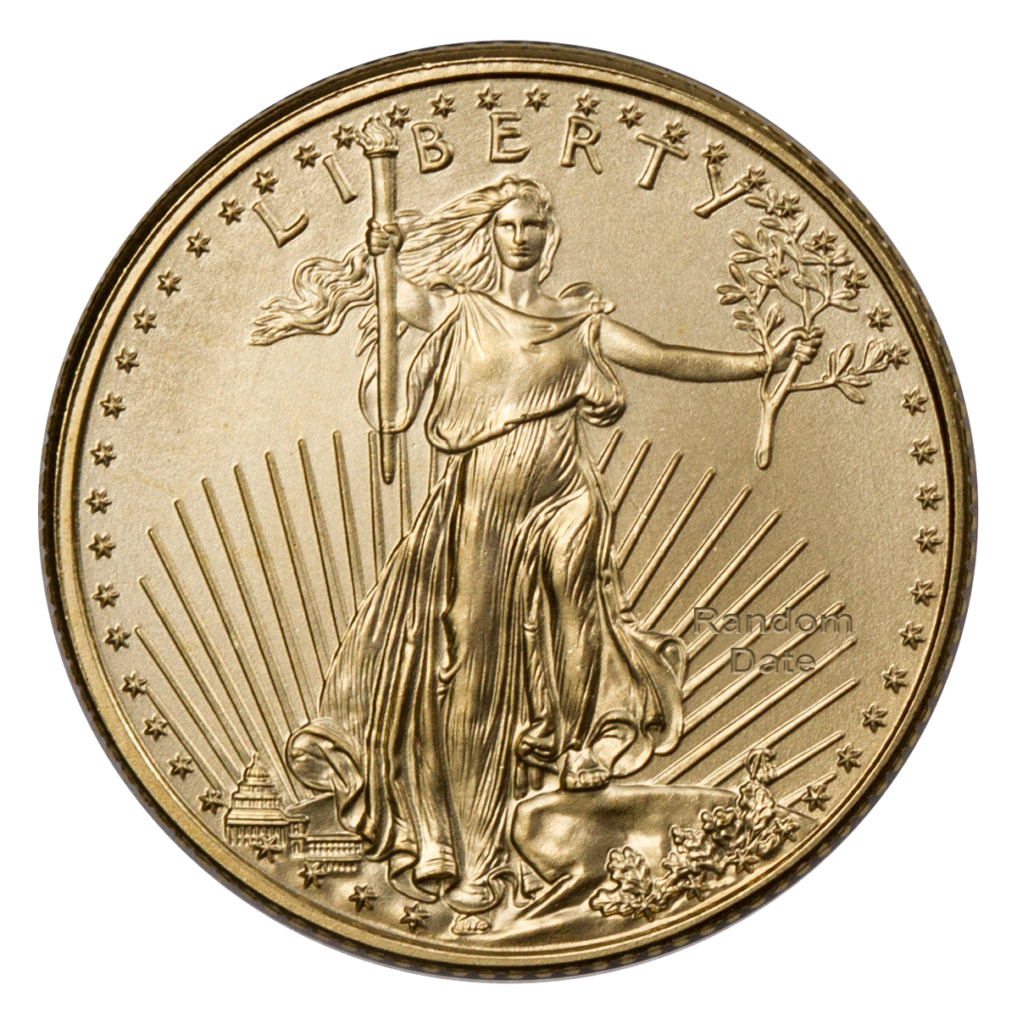
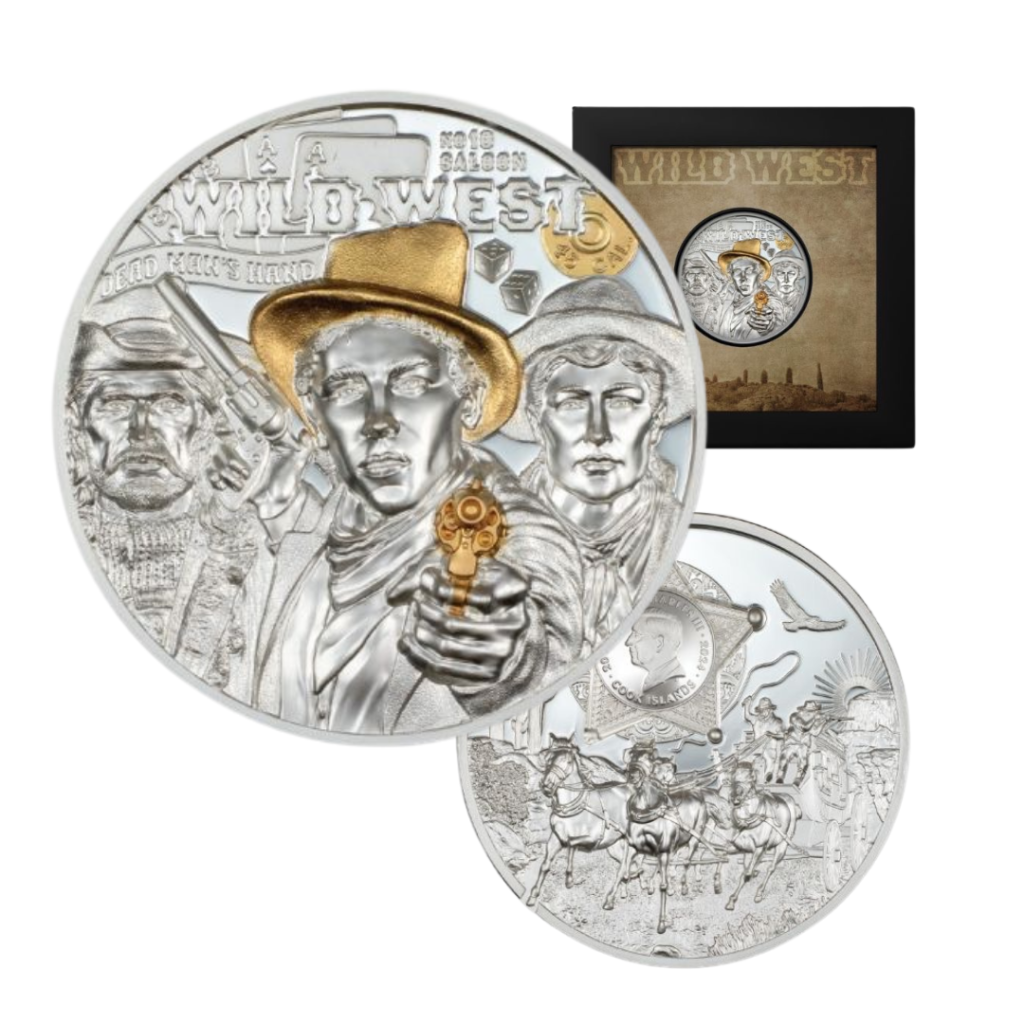
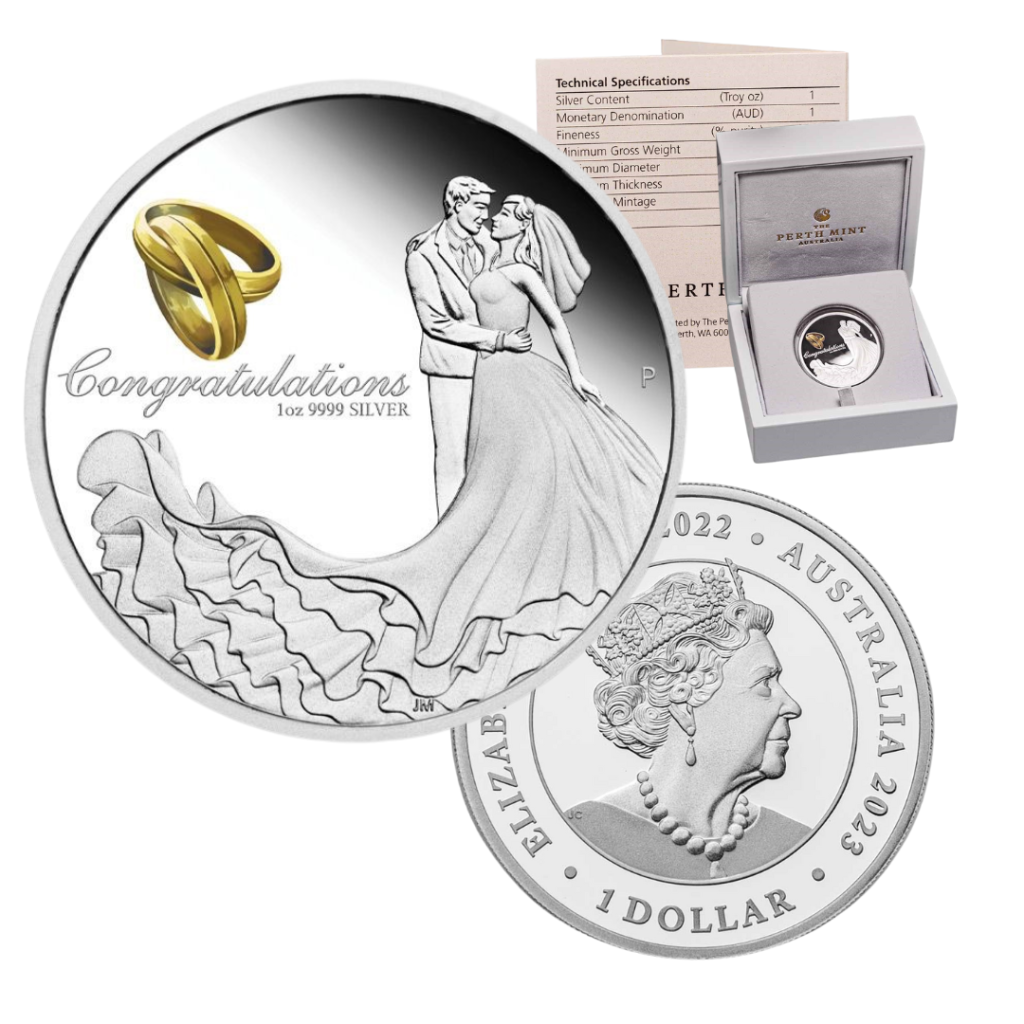
Silver stackers are less concerned with the collectability of silver coins and more focused on the silver content. They allocate a set amount of money for monthly investments to mitigate the risk associated with investing in a relatively volatile asset. Despite the historically low price of silver, there is a significant and growing industrial demand for the metal, making it a crucial component in sectors such as solar energy and the electronics/computer industry.
Investors can purchase silver bullion coins free of CGT tax, making them an attractive investment for stackers. Physical Gold specializes in silver bars and coins, including Britannias. With the increasing demand for silver in industrial applications, it’s likely that the market price of silver will eventually reflect this trend, making it a worthy investment for those seeking to diversify their portfolios.
Key Takeaways
- Silver stacking is the practice of accumulating silver in various forms, making it an attractive investment option for those seeking to diversify their portfolios.
- Silver is a popular choice for investors due to its affordability and potential for long-term growth, making it a hedge against inflation and economic uncertainty.
- With the increasing demand for silver in industrial applications, it’s likely that the market price of silver will eventually reflect this trend, making it a worthy investment for those seeking to diversify their portfolios.
Understanding Silver as an Investment
Investing in precious metals like gold and silver is an excellent way to diversify your investment portfolio. If you’re seeking a stable, long-term investment that can serve as a safe haven against stock market downturns and inflation risks, then silver may be worth considering.
What Is Silver Stacking?
If you’re active on investment forums or enjoy reading online investment publications, you’ve likely come across the term “silver stacking.” This phrase generally refers to individuals who accumulate silver, often in the form of silver bars, coins, or rounds. Anyone who collects silver in any form can be considered a silver stacker.
Silver is a popular choice for investors due to its affordability, allowing them to purchase it in larger quantities. Coins, such as silver Britannias, are particularly popular for their ease of acquisition and collectability. Unlike coin collectors, silver stackers are less concerned with specific dates or designs and are more focused on the silver content of the coins.
Affordability and Collectability of Silver Coins
Silver coins are a popular option for investors due to their affordability and collectability. Coins like the American Silver Eagle, Canadian Silver Maple Leaf, and the Australian Silver Kangaroo are all highly sought after by silver stackers. These coins are available in various sizes and weights, making them an attractive option for investors looking to diversify their portfolio.
In addition to their affordability, silver coins are also highly collectible. Many investors enjoy acquiring coins from different mints and countries, adding to the overall value of their collection. While coin collectors may focus on specific dates or designs, silver stackers are more focused on the silver content of the coins.
Overall, silver stacking is an excellent way to invest in silver for the long term. It allows investors to accumulate silver over time, mitigating the risk associated with investing in a relatively volatile asset. With growing industrial demand and the affordability and collectability of silver coins, silver stacking is an attractive option for investors looking to diversify their portfolio.
The Role of Silver in Diversifying Investment Portfolios
Investing in precious metals like gold and silver is an excellent way to diversify an investment portfolio. Silver is a popular choice for investors due to its affordability, allowing them to purchase it in larger quantities. Silver is often acquired as a hedge against inflation, and many investors stockpile silver because it retains its value over extended periods and is not reliant on government backing, unlike paper money.
Hedge Against Inflation and Volatility
Silver is a popular choice for investors who want to hedge against inflation and stock market volatility. Unlike paper money, silver is a tangible asset that retains its value over extended periods. As reliance on fiat currency and digital wealth increases, tangible assets like gold and silver become more appealing for building a reserve outside the traditional financial system.
Silver, along with other precious metals like gold and platinum, is often acquired as a hedge against inflation. When the value of paper currency decreases, the price of precious metals usually increases. Many investors stockpile silver because it is a safe haven against stock market downturns and inflation risks.
Monthly Investment Strategies
Many silver stackers allocate a set amount of money for monthly investments to mitigate the risk associated with investing in a relatively volatile asset. This approach allows them to spread the risk and avoid significant exposure to potential drops in silver prices. Monthly investments can also help investors take advantage of dollar-cost averaging, which can lead to better long-term returns.
Investing in silver bullion, such as silver bars and coins, can be an attractive investment for stackers. Certain forms of silver, such as bullion coins, can be purchased free of CGT tax. Physical Gold specializes in silver bars and coins, including Britannias.
In summary, silver plays a crucial role in diversifying an investment portfolio. Silver is often acquired as a hedge against inflation and stock market volatility, and many investors stockpile silver because it retains its value over extended periods and is not reliant on government backing, unlike paper money. Monthly investments can help investors mitigate the risk associated with investing in a relatively volatile asset and take advantage of dollar-cost averaging.
Industrial Demand and Market Dynamics
Growing Industrial Use of Silver
Silver has a wide range of industrial applications, including electronics, solar panels, and medical equipment. The increasing demand for electronics and the growing solar energy industry have contributed to the rise in demand for silver. The metal’s excellent conductivity, reflectivity, and antimicrobial properties make it an essential component in a variety of industrial applications.
The electronics industry is one of the largest consumers of silver, with the metal being used in the production of a wide range of electronic devices, including smartphones, laptops, and televisions. The increasing demand for these products has led to a significant increase in the demand for silver. In addition, the use of silver in the production of solar panels has also contributed to the growing demand for the metal.
Supply and Demand Factors
The market price of silver is primarily determined by the supply and demand dynamics of the metal. The demand for silver is driven by its use in industrial applications, as well as its value as an investment asset. The supply of silver is determined by the amount of silver that is mined each year.
The supply of silver is limited, as it is primarily produced as a byproduct of other metals, such as copper, lead, and zinc. As a result, the supply of silver is subject to fluctuations based on the demand for these other metals. In addition, the cost of mining silver can be affected by a variety of factors, including labor costs, energy prices, and environmental regulations.
The demand for silver is influenced by a variety of factors, including economic growth, inflation, and geopolitical events. In times of economic uncertainty, investors often turn to precious metals like silver as a safe haven asset. The growing demand for silver in industrial applications is also a significant driver of the metal’s price.
In conclusion, the growing industrial demand for silver, along with its value as an investment asset, make it an attractive option for investors. The supply and demand dynamics of the metal, along with other market trends, will continue to influence the price of silver in the years to come.
Investment Vehicles for Silver
When it comes to investing in silver, there are several investment vehicles available to investors. Here are some of the most popular options:
Silver Bullion: Coins and Bars
Silver bullion coins and bars are among the most popular ways to invest in silver. Bullion coins are minted by governments and are usually sold at a premium above the spot price of silver. Some of the most popular silver bullion coins include the American Silver Eagle, Canadian Silver Maple Leaf, and Australian Silver Kangaroo.
Silver bars, on the other hand, are produced by private mints and come in a variety of sizes, from small 1-ounce bars to large 100-ounce bars. Silver bars are typically sold at a lower premium than silver coins, making them an attractive option for investors looking to get the most silver for their money.
When investing in silver bullion, it’s important to consider issues such as liquidity and storage. Bullion coins and bars are highly liquid and can be easily bought and sold through dealers or online marketplaces. However, investors should also consider the cost of storage, as large amounts of silver can take up a significant amount of space.
Exchange-Traded Funds (ETFs) and Other Options
Exchange-traded funds (ETFs) are another popular way to invest in silver. Silver ETFs are traded on major stock exchanges and offer investors exposure to the price of silver without the need to physically own the metal. Some of the most popular silver ETFs include the iShares Silver Trust (SLV) and the Aberdeen Standard Physical Silver Shares ETF (SIVR).
Other options for investing in silver include mining stocks, mutual funds, and futures contracts. However, these options are generally considered more volatile than physical silver and may not be suitable for all investors.
Investors should also be aware of capital gains tax (CGT) when investing in silver. In some countries, including the UK, silver bullion is exempt from CGT, making it an attractive option for investors looking to avoid taxes on their investments.
Overall, investing in silver can be a great way to diversify your portfolio and protect against inflation. Whether you choose to invest in physical silver or silver ETFs, it’s important to do your research and consider your investment goals and risk tolerance before making any decisions.
Advantages and Risks of Silver Investment
Benefits of Owning Physical Silver
Investing in physical silver has several advantages. One of the most significant benefits of owning physical silver is that it’s a tangible asset that can be held in your hand, unlike paper assets like stocks and bonds. Physical silver can provide a sense of security and ownership that other investments cannot match.
Another benefit of owning physical silver is that it can serve as a hedge against inflation and market downturns. Silver has a long history of retaining its value over time, making it an excellent choice for wealth preservation. As fiat currency and digital wealth become more prevalent, tangible assets like silver become increasingly appealing for building a reserve outside the traditional financial system.
Physical silver can also be purchased in various forms, including silver bars, rounds, and coins. Silver coins, such as the silver Britannia, are particularly popular among investors due to their ease of acquisition and collectability. Unlike coin collectors, silver stackers are less concerned with specific dates or designs and are more focused on the silver content of the coins.
Potential Risks and Considerations
Investing in silver, like any investment, comes with potential risks and considerations. One of the most significant risks associated with investing in silver is price fluctuations. The price of silver can be volatile and can fluctuate rapidly, making it a relatively risky investment compared to other assets.
Another consideration when investing in silver is storage. Physical silver must be stored securely to protect it from theft or damage. Investors must take into account the cost of storage and the potential risks associated with storing large quantities of silver.
Finally, it’s essential to consider the liquidity of silver investments. While physical silver can be easily exchanged for cash, it may not be as liquid as other investments, such as stocks or bonds. Investors must be prepared to hold onto their silver investments for extended periods if necessary.
Despite these potential risks, investing in physical silver can be an excellent way to diversify your investment portfolio and protect your wealth. With its growing industrial demand and versatility, silver is likely to remain a valuable asset for years to come.
Comparing Silver to Other Precious Metals
Gold, Platinum, and Palladium in Investment Portfolios
When it comes to investing in precious metals, silver is not the only option. Gold, platinum, and palladium are also popular choices for investors looking to diversify their portfolios. Each metal has its unique characteristics and benefits.
Gold is often considered the most reliable of the precious metals, with a long history of being used as a store of value. It is also the most widely recognized and traded precious metal, making it a highly liquid investment. However, it is also the most expensive of the precious metals, making it less accessible to some investors.
Platinum, on the other hand, is rarer than gold and has a higher intrinsic value. It is also used in a variety of industrial applications, including catalytic converters in automobiles. However, it is also more volatile than gold and silver, making it riskier for investors.
Palladium is another precious metal that has gained popularity in recent years. Like platinum, it is used in catalytic converters and has a high intrinsic value. However, it is also highly volatile, with prices fluctuating significantly in recent years.
When comparing these precious metals, it is important to consider factors such as value, scarcity, and intrinsic value. Gold has the highest value of the group, while platinum is the scarcest. Silver, however, is the most affordable, making it more accessible to a wider range of investors.
In terms of intrinsic value, all four precious metals have unique properties that make them valuable. Gold is highly resistant to corrosion and tarnishing, while platinum is extremely durable and resistant to wear and tear. Silver is an excellent conductor of heat and electricity, making it useful in a variety of industrial applications. Palladium is also an excellent conductor and has unique catalytic properties.
Ultimately, the choice of precious metal to invest in depends on the individual investor’s goals and risk tolerance. Silver is a popular choice for those seeking a more affordable and accessible investment, while gold and platinum may be better suited for those seeking a more reliable and long-term investment. Palladium may be suitable for those willing to take on more risk for the potential of higher returns.
Strategic Considerations for Investors
Investing in silver can be an excellent way to diversify an investment portfolio, but it’s important to consider some strategic factors before making any investment decisions. Here are some key considerations for investors looking to align their silver investments with their financial goals and risk tolerance.
Aligning Silver Investments with Financial Goals
Before investing in silver, investors should consider their financial goals. Are they looking for a short-term or long-term investment? What level of risk are they willing to take on? Answering these questions can help investors determine the appropriate amount of silver to include in their portfolio.
Investors with a short-term investment horizon may want to consider investing in silver ETFs or mutual funds, which offer exposure to the silver market without the need to physically store the metal. On the other hand, investors with a long-term investment horizon may want to consider purchasing physical silver, such as bars or coins, which can serve as a hedge against inflation and provide a store of value over time.
Consulting a Financial Advisor
Investing in silver can be a complex process, and investors should consider consulting with a financial advisor before making any investment decisions. A financial advisor can help investors determine the appropriate amount of silver to include in their portfolio based on their financial goals and risk tolerance.
A financial advisor can also help investors navigate the tax implications of investing in silver. For example, certain forms of silver, such as bullion coins, can be purchased free of CGT tax, making them an attractive investment for stackers. A financial advisor can help investors understand the tax implications of different silver investments and make informed investment decisions.
Overall, investing in silver can be a valuable addition to an investment portfolio, but it’s important to consider strategic factors such as financial goals and risk tolerance before making any investment decisions. By aligning their silver investments with their financial goals and consulting with a financial advisor, investors can make informed investment decisions that help them achieve their long-term financial objectives.
Frequently Asked Questions
What are the advantages of adding silver to my investment portfolio?
Silver is a popular choice for investors due to its affordability, allowing them to purchase it in larger quantities. Many investors stockpile silver because it retains its value over extended periods and is not reliant on government backing, unlike paper money. Adding silver to an investment portfolio can provide diversification and act as a hedge against inflation and economic uncertainty.
How does silver stacking differ from traditional coin collecting?
While coin collectors are often interested in specific dates, designs, and rarity, silver stackers are more focused on the silver content of the coins. They are less interested in collecting for the sake of collecting and more interested in acquiring silver as a tangible asset that can serve as a store of value.
In what ways can silver act as a hedge against inflation?
Silver, along with other precious metals like gold and platinum, is often acquired as a hedge against inflation. As reliance on fiat currency and digital wealth increases, tangible assets like gold and silver become more appealing for building a reserve outside the traditional financial system. Silver’s value tends to hold up well during inflationary periods, making it a popular choice for investors looking to protect their wealth.
What is driving the industrial demand for silver and how might it affect its value?
There is a significant and growing industrial demand for silver due to its versatile properties, which make it a crucial component in sectors such as solar energy and the electronics/computer industry. As one of the best conductors of electricity, heat, and light, silver’s importance in industrial applications continues to rise. With the increasing industrial demand, it’s likely that the market price of silver will eventually reflect this trend, especially considering that more silver is being used annually than is being mined.
What are the tax benefits of investing in silver bullion coins like Britannias?
Certain forms of silver, such as bullion coins like Britannias, can be purchased free of CGT tax, making them an attractive investment for stackers. This can provide an advantage over other forms of investment, such as stocks or bonds, which may be subject to capital gains taxes.
How does the performance of silver compare to gold in terms of long-term investment?
Silver and gold tend to move in the same direction but at different rates. Historically, gold has been considered a more stable and reliable investment than silver, but silver has the potential for greater returns due to its lower price point and higher volatility. While gold is often considered a safe haven during times of economic uncertainty, silver can provide investors with greater upside potential.
